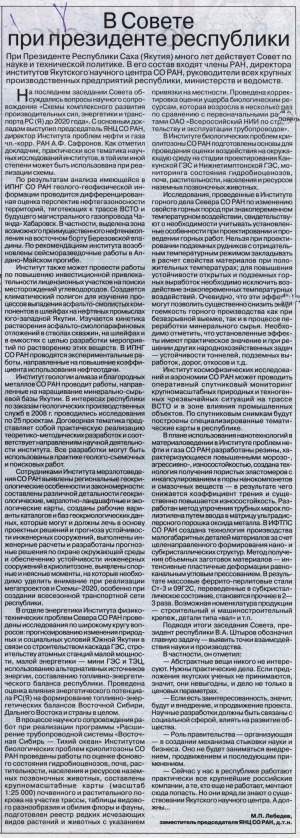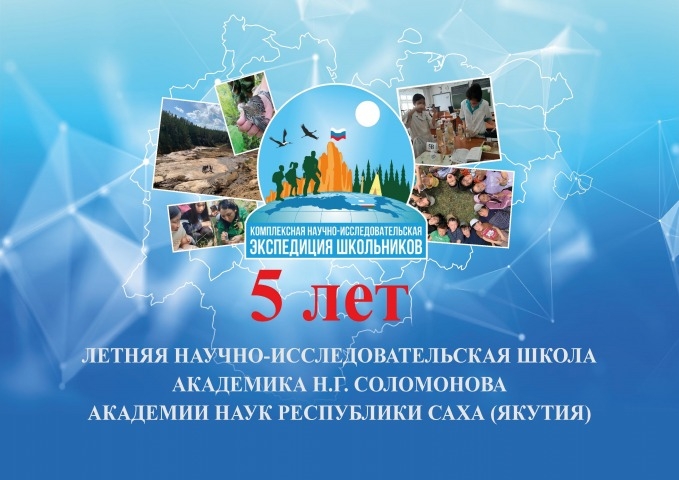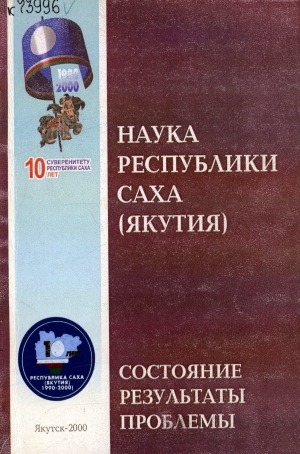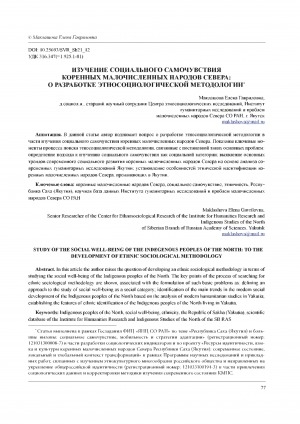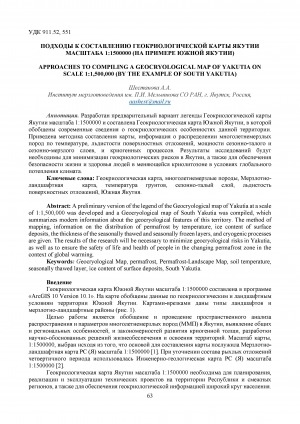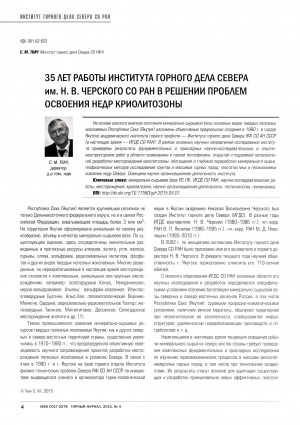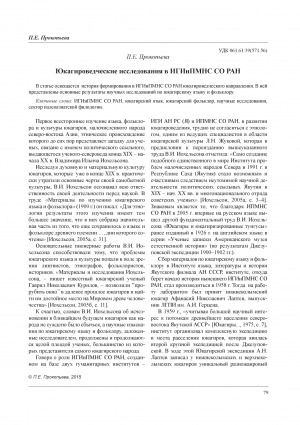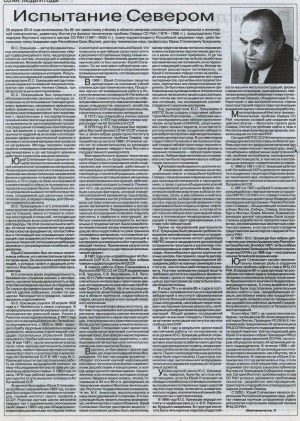В статье раскрывается деятельность геокриологического стационара "Золотинка" в Южной Якутии, одной из экспедиций БАМ Института мерзлотоведения CO АН СССР. Актуальность статьи приурочена к 95-летию со дня рождения Марии Кузьминичны Гавриловой - учёного-климатолога, мерзлотоведа, известного в российской и мировой науке, доктора географических наук, профессора, заслуженного деятеля науки Российской Федерации и Республики Саха (Якутии), академика Академии наук Республики Саха (Якутии), Российской академии естественных наук, Международной Академии Северного Форума, Нью-Йоркской академии наук [1]. Экспедиции БАМ Института мерзлотоведения были объединены общей научно-исследовательской темой "Прогноз эволюции криолитозоны при освоении территории, прилегающей к трассе БАМ" для прогнозирования состояния геокриологических условий и составления практических рекомендаций при строительстве инженерных сооружений в посёлках, станциях и на дорогах в зоне Малого БАМ [2]. В разных природных условиях, на ландшафтах предгорий Станового хребта Южной Якутии (долинах, водоразделах, также на склонах разных экспозиций) формируются особенные мерзлотные условия, связанные с закономерностями теплообмена верхние слои земной коры - земная поверхность - атмосфера [2]. Для выявления мерзлотных, микроклиматических и теплобалансовых условий в среднегорьях Южной Якутии, на территории с. Иенгра Нерюнгринского горсовета, 1 сентября 1975 года был организован геокриологический стационар "Золотинка" под руководством к.г.н. М.К. Гавриловой. Круглогодичный стационар провел три полных цикла микроклиматических и теплобалансовых исследований с 1975-1978 гг. Ретроспективный подход к теме экспедиции БАМ, организованной Институтом мерзлотоведения дал возможность в данной статье подробно ознакомить и обобщить научно-организационную деятельность М.К. Гавриловой по работе геокриологического стационара "Золотинка" в 1975-1978 гг.
The article reveals the activities of the Zolotinka geocryological station in South Yakutia, one of the BAM expeditions of the Institute of Permafrost, USSR Academy of Sciences. Relevance. The article is dedicated to the 95th anniversary of the birth of Maria Gavrilova, a climatologist, permafrost scientist, famous in Russian and world science, Doctor of Geographical Sciences, professor, Honored Scientist of the Russian Federation and the Republic of Sakha (Yakutia), academician of the Academy of Sciences of the Republic of Sakha (Yakutia), the Russian Academy of Natural Sciences [1]. The BAM expeditions of the Institute of Permafrost were united by a common research topic “Prediction of the evolution of the cryolithozone in the development of the territory adjacent to the BAM railway” to predict the state of geocryological conditions and make practical recommendations for the construction of engineering structures in settlements, stations and roads in the Maly BAM zone [2]. In di erent natural conditions, landscapes of the foothills of the Stanovoi Ridge of South Yakutia (valleys, watersheds, as well as on the slopes of di erent exposures), special permafrost conditions are formed associated with the patterns of heat exchange of the upper layers of the earth’s crust - the earth’s surface - the atmosphere [2]. To identify permafrost, microclimatic and thermal balance conditions in the midlands of South Yakutia, on the territory of the village of Iengra of the Neryungrinsky City Council, on September 1, 1975, the Zolotinka geocryological station was organized under the leadership of Dr. Gavrilova. The year-round station conducted three full cycles of microclimatic and thermal balance studies from 1975-1978. A retrospective approach to the topic of the BAM expedition organized by the Institute of Permafrost made it possible in this article to familiarize and summarize in detail the scienti c and organizational activities of Maria Gavrilova on the work of the Zolotinka geocryological station in 1975-1978.


